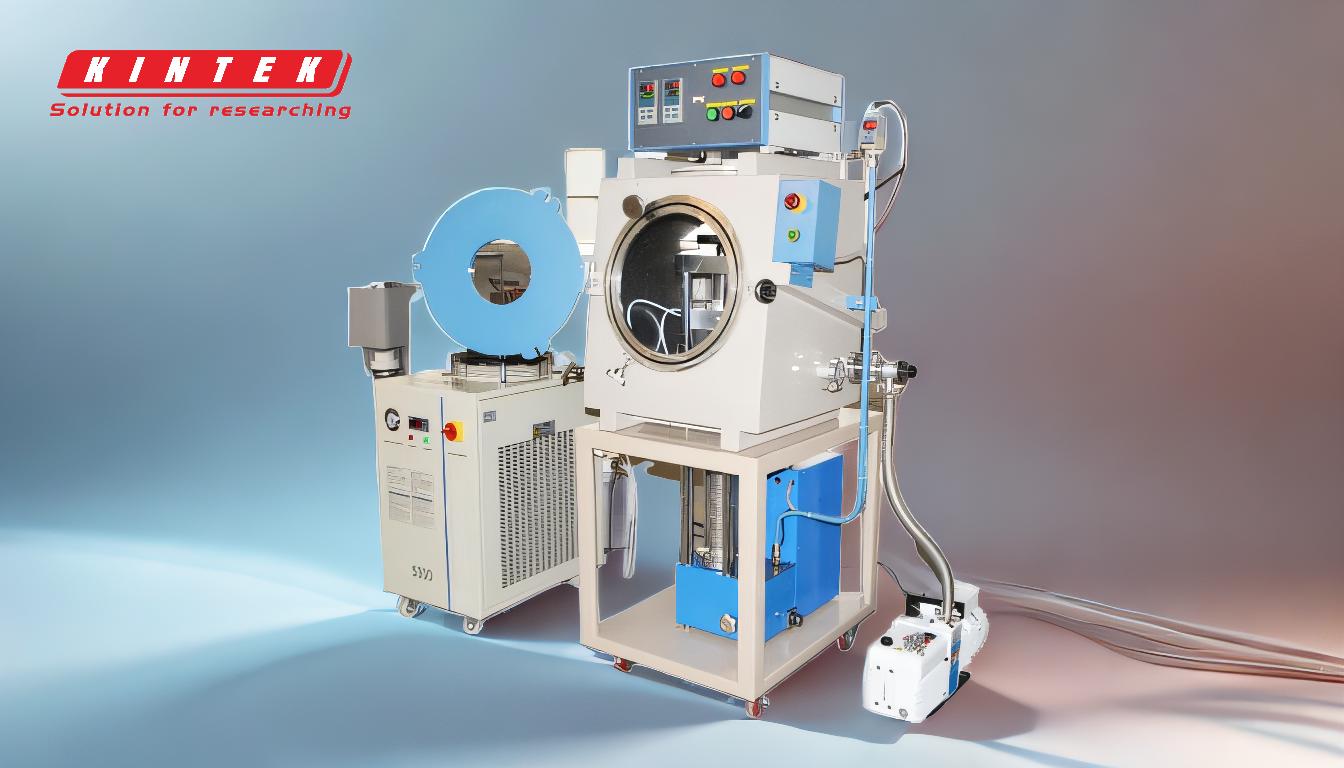The lamination procedure involves assembling individual sheets of materials into a multilayered composite material or component. This process typically includes arranging the sheets, applying adhesives if necessary, and pressing them together, often with the application of heat to ensure proper bonding. The result is a durable, layered structure with enhanced properties compared to the individual materials. Below is a detailed explanation of the key steps and considerations involved in the lamination process.
Key Points Explained:

-
Preparation of Materials
- Selection of Sheets: Choose the appropriate materials for the layers based on the desired properties of the final product. These materials can include paper, plastic, metal, or composite sheets.
- Surface Preparation: Ensure the surfaces of the materials are clean and free from dust, grease, or contaminants to promote strong adhesion.
- Adhesive Application (if required): Apply a suitable adhesive between the layers if the materials do not naturally bond under pressure or heat. The type of adhesive depends on the materials being laminated.
-
Layer Assembly
- Stacking: Arrange the sheets in the desired order to achieve the intended structure and properties of the laminated product.
- Alignment: Ensure the layers are precisely aligned to avoid defects such as uneven edges or misaligned patterns.
-
Pressing and Bonding
- Pressure Application: Use a laminating press or roller system to apply uniform pressure across the layers. This step ensures the sheets are tightly bonded and eliminates air pockets.
- Heat Application (if required): For materials that require thermal activation, apply heat during the pressing process. The temperature and duration depend on the materials and adhesive used.
-
Cooling and Curing
- Cooling: Allow the laminated material to cool under pressure to ensure the layers set properly and maintain their bond.
- Curing: For adhesives that require curing, ensure the laminated product is left undisturbed for the specified time to achieve full strength.
-
Finishing and Quality Control
- Trimming: Remove any excess material or uneven edges to achieve the final dimensions of the laminated product.
- Inspection: Check for defects such as delamination, bubbles, or misalignment to ensure the product meets quality standards.
-
Applications and Considerations
- Applications: Lamination is widely used in industries such as packaging, construction, electronics, and automotive for creating durable and functional materials.
- Material Compatibility: Ensure the materials and adhesives used are compatible to avoid issues like poor bonding or chemical reactions.
- Environmental Factors: Consider factors like humidity and temperature during the lamination process, as they can affect the bonding quality.
By following this structured procedure, the lamination process can produce high-quality, multilayered materials with enhanced strength, durability, and functionality.
Summary Table:
| Step | Key Actions |
|---|---|
| Preparation | Select materials, clean surfaces, apply adhesives (if needed). |
| Layer Assembly | Stack and align sheets precisely for desired structure. |
| Pressing & Bonding | Apply uniform pressure and heat (if required) for strong bonding. |
| Cooling & Curing | Cool under pressure, allow adhesives to cure for full strength. |
| Finishing | Trim excess material, inspect for defects to ensure quality. |
| Applications | Used in packaging, construction, electronics, and automotive industries. |
Ready to enhance your materials with lamination? Contact us today to get started!






